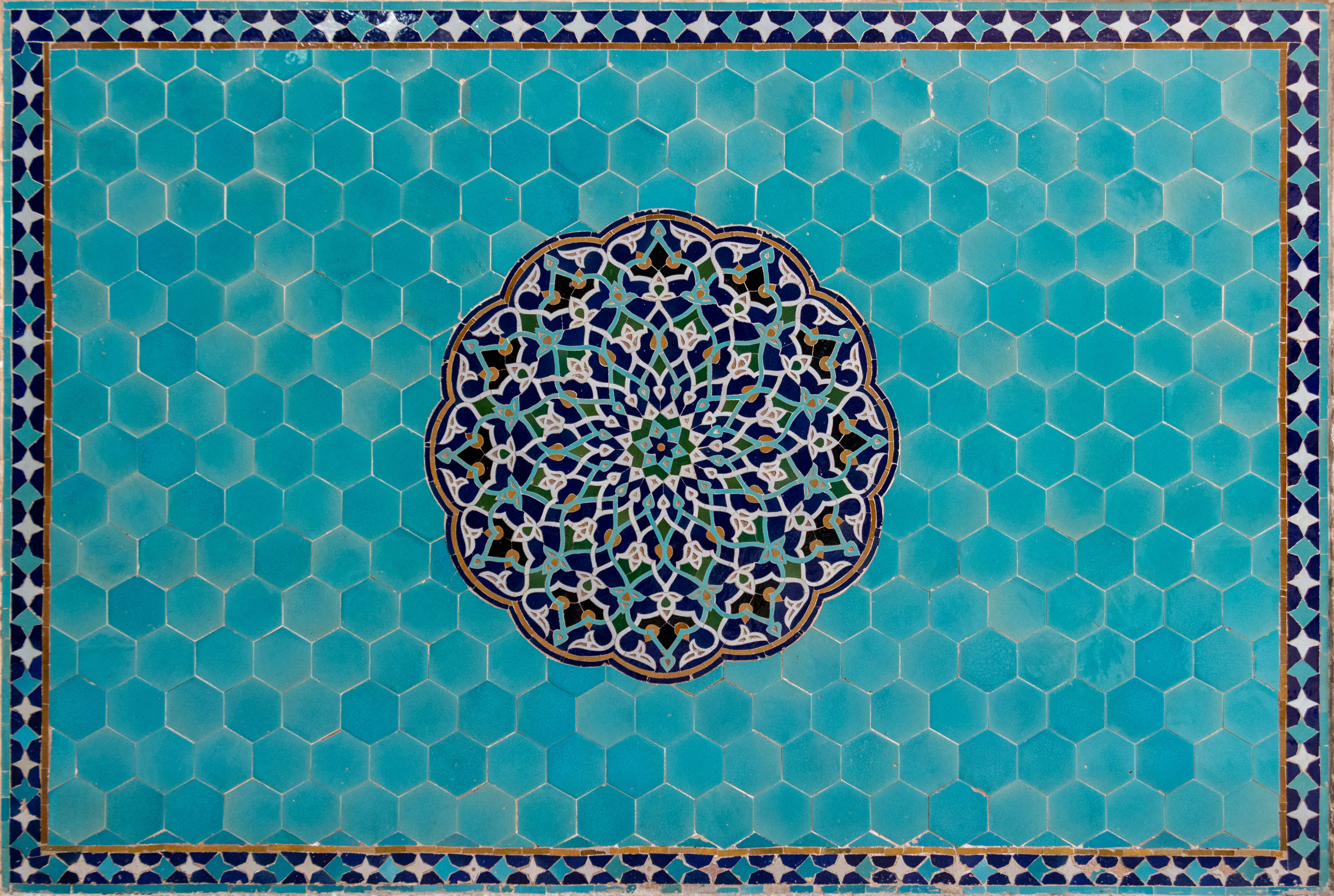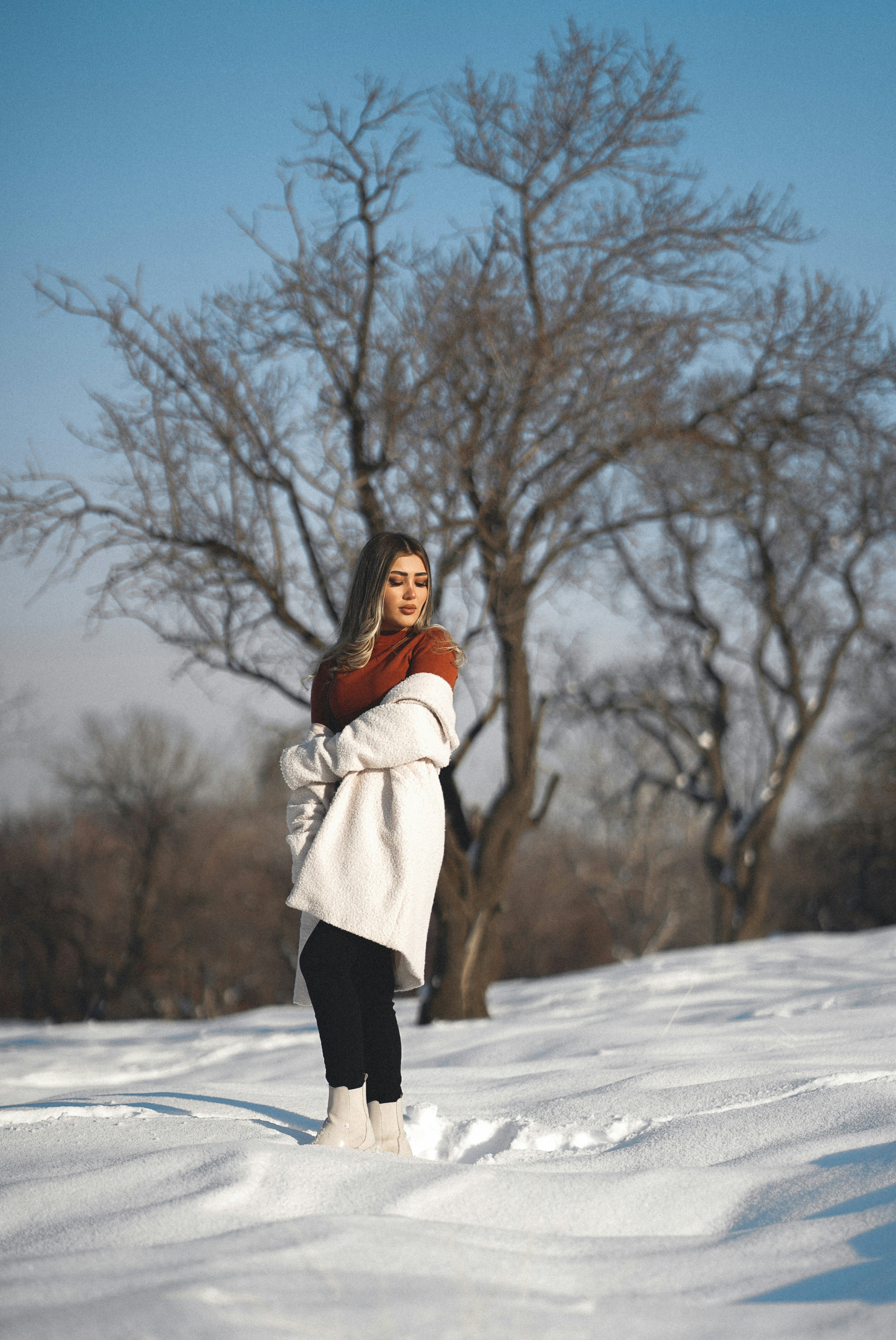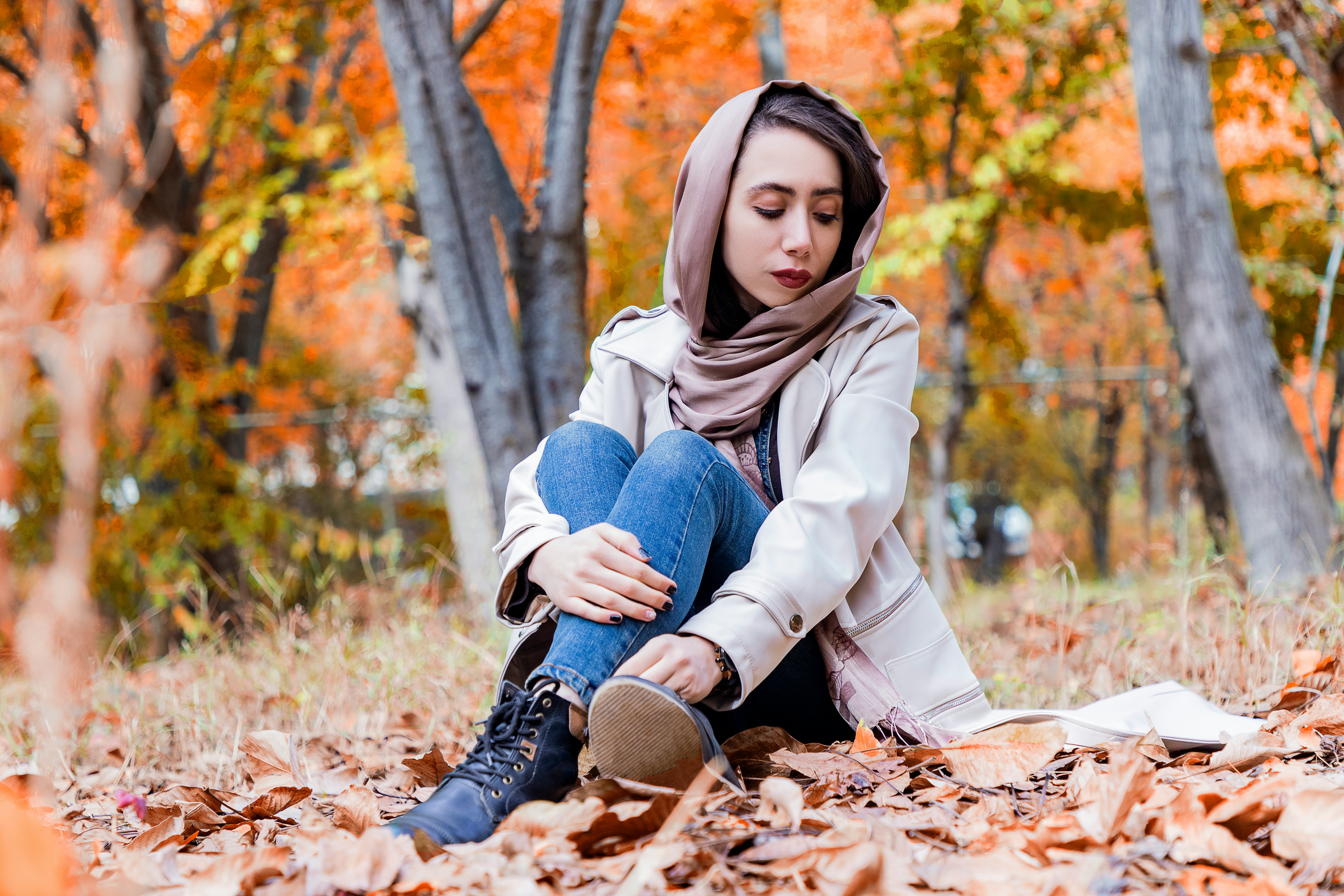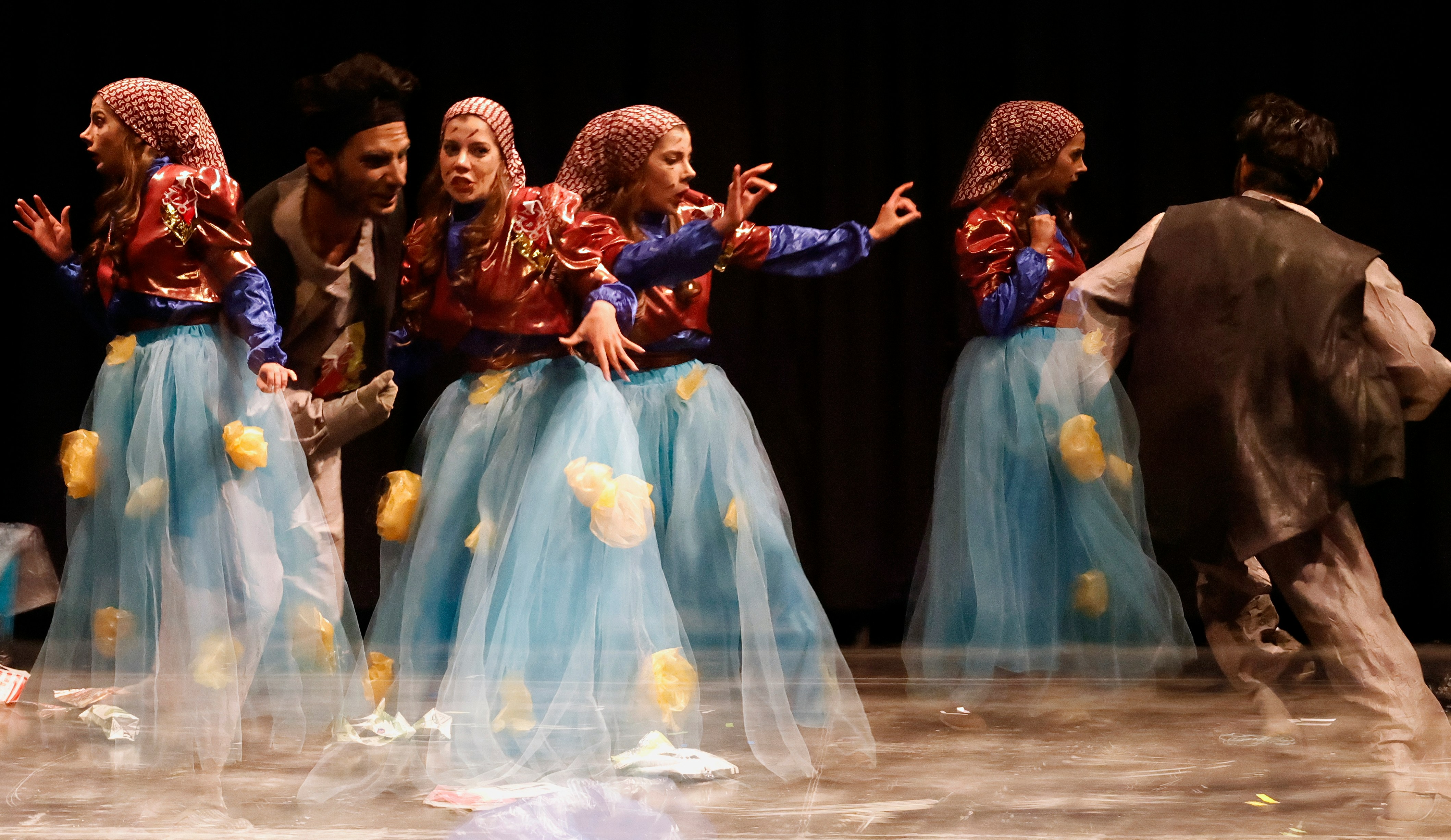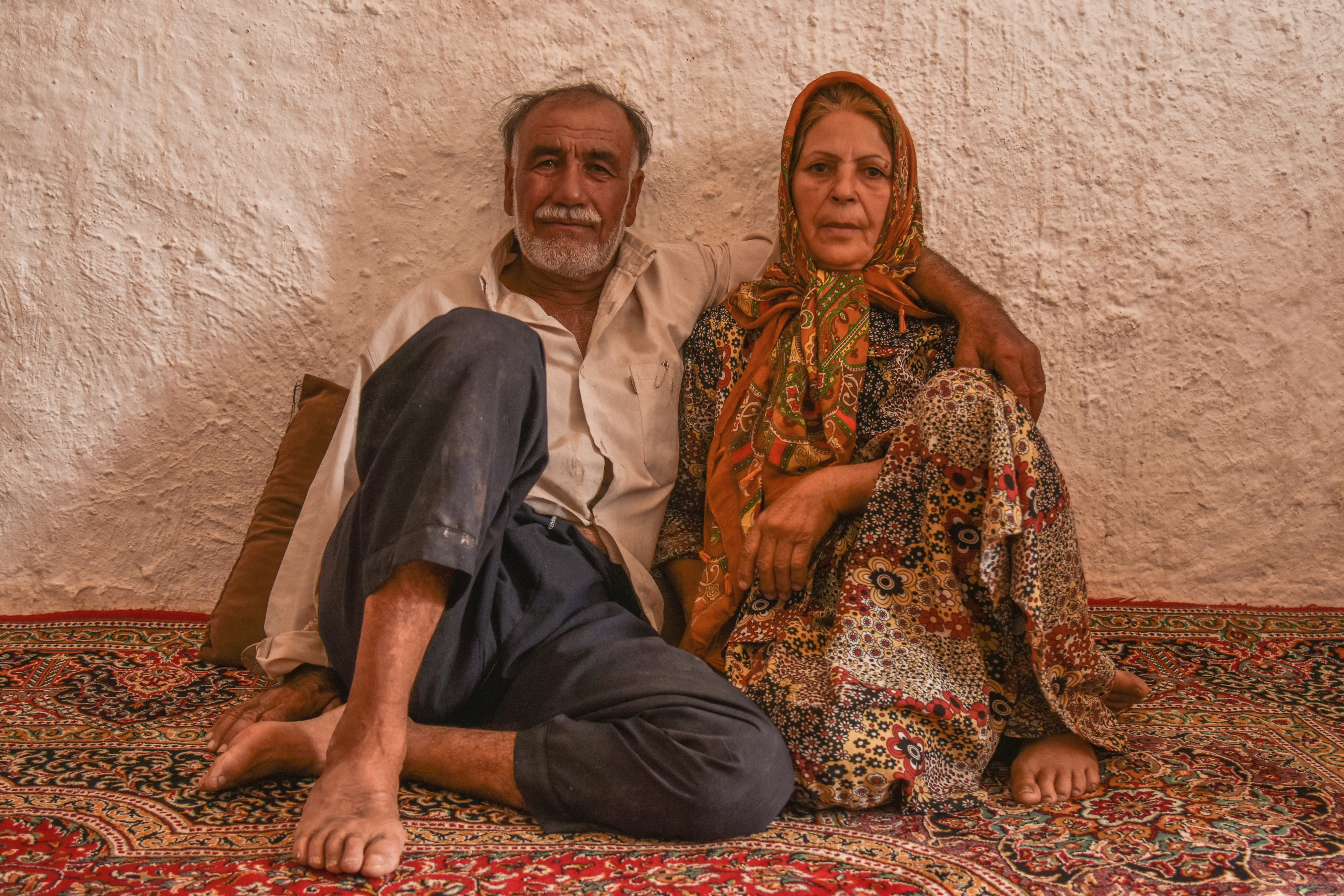
Gems of Iran - The Art of Being Iranian: A Celebration of Persian Aesthetics
December 1, 2025 - Winter in Tehran: A City Woven in Smoke and Snow
A Season That Changes the City’s Pulse
When winter settles over Tehran, the city becomes something entirely new. The dust of summer is washed from the air, the traffic hum softens beneath the cold, and the snowy shoulders of the Alborz Mountains cradle the city in white. Tehran in winter is a contrast of extremes—mist rising from rooftops at dawn, icy winds sweeping through Valiasr Street, and evenings glowing gold beneath thousands of lights.
Winter does not quiet Tehran. It changes its rhythm—turning its restlessness into reflection, its rush into something almost tender.
The Mountains Watching Over the City
The first sign of winter is not in the streets, but in Tochal and Darband. The mountains begin to shimmer with fresh snow, visible from almost every neighborhood. As mornings brighten, the peaks shine like silver crowns over a city wrapped in gray-blue haze.
For many Tehranis, winter means:
• Early hikes up the frosted trails of Darband
• Hot ash-e reshteh served in mountain teahouses
• The sound of crunching snow under ski boots at Dizin or Shemshak
• That familiar thrill of seeing the city from a mountaintop—sprawling, glowing, alive
The mountains are Tehran’s winter sanctuary, a reminder that peace is always just a climb away.
The City Streets: Cold Winds and Warm Rituals
Tehran’s winters are cold—not the biting blizzards of Ardabil, but a metropolitan chill that sharpens the senses. Yet the city compensates with warmth in its own ways:
• Cafés fill with steam and conversation, windows fogged with poetry and laughter.
• Vendors on the sidewalks sell roasted chestnuts and hot labu—bright red beetroot steaming in winter air.
• The bookshops of Enghelab Street buzz gently as readers seek shelter among the shelves.
• Families gather in homes across the city, lighting candles, brewing tea, preparing for the deeper rituals of December.
Winter in Tehran feels like a city turning inward—yet more connected than ever.
The Beauty of Winter Light
The sun changes in Tehran during winter. It hangs lower, slips through the trees of Sa’di Street and Mellat Park, and stretches long shadows across the pavements. Its warmth is gentle and golden, illuminating the bare sycamores like strands of copper.
The air grows still after sunset. Traffic lights glow brighter. Life slows. Evening becomes not an end, but a moment of quiet pause—a breath between days.
Food, Warmth, and Comfort
Winter in Tehran has its own flavor:
• A bowls of haleem shared at dawn
• Ash-e gandom simmering with wheat and lentils
• Hot cocoa or saffron tea in cafés tucked into quiet corners of Jordan or Tajrish
• Fresh dates, walnuts, and dried mulberries purchased from stalls in Shahrak-e Gharb
Each dish, each snack, is a small act of resistance against cold—warmth held in the body and the heart.
In Closing
Tehran in winter is a city of contrasts: frost on car windows, steam rising from tea glasses, the hum of heaters in old apartments, the brilliance of mountains under snow, the long nights preparing for Yalda’s promise of dawn.
It is a city that glows softly when the cold comes, its pulse slower, its beauty sharper, its soul quieter—but stronger.
In our next entry, we’ll move deeper into December, exploring winter in Shiraz, where the cold carries poetry on its breeze and gardens dream beneath frost.
But for now, imagine this:
A shawl wrapped tight.
Your breath hanging in the morning air.
Lights twinkling on Valiasr’s tall trees.
And the mountains—white, eternal—
watching over Tehran’s winter soul.
